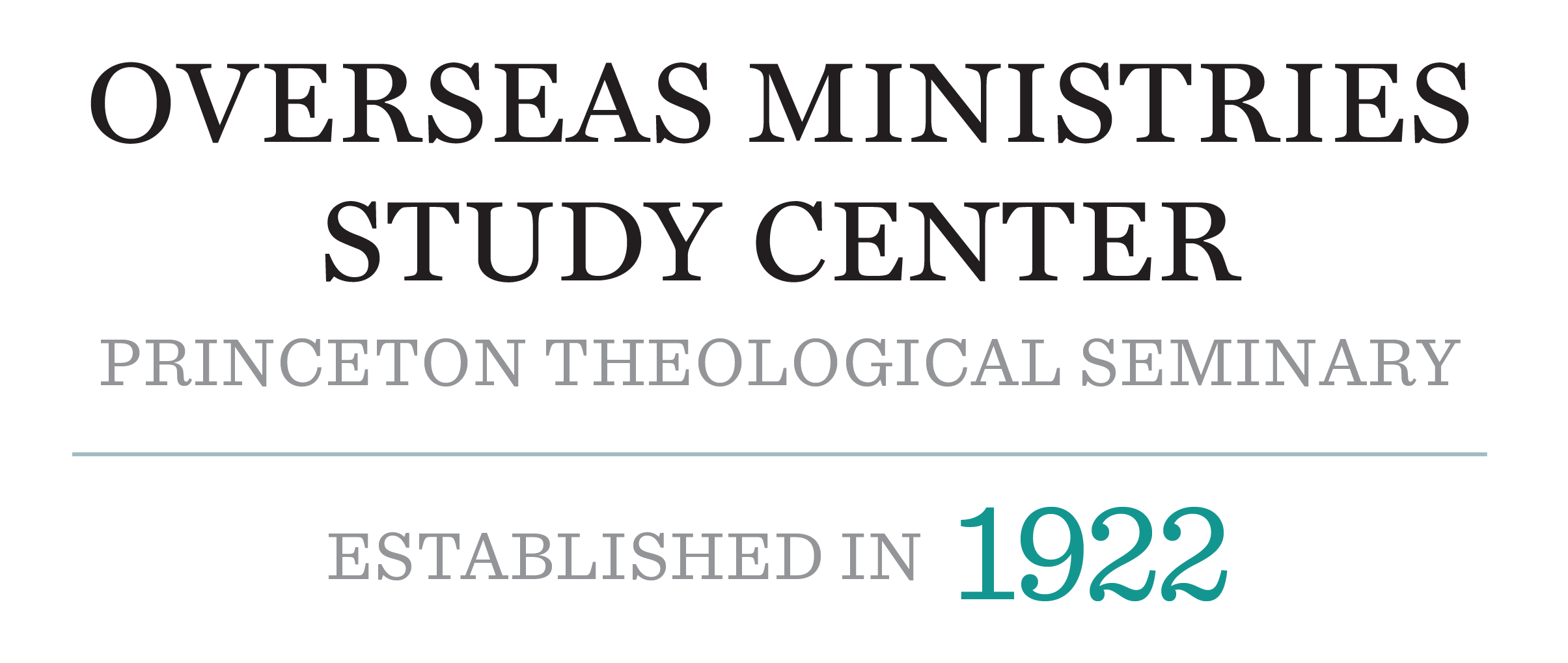By Stephen Di Trolio
Stephen Di Trolio is a PhD Candidate in the Department of History and Ecumenics at Princeton Theological Seminary, specializing in “Religion in the Americas.” Stephen was born in Costa Rica and grew up in Argentina, where he returned after graduating from university in the United States. He is writing his dissertation on Protestantism, Catholic Nationalism, and political history in Argentina in the 20th century. As a native Spanish speaker, he is an active translator of various books, essays, and chapters in edited volumes. Stephen is the managing editor of The Occasional.
For years, I have attempted to attend the Yale-Edinburgh Group on the History of Missionary Movement and World Christianity conference, which typically rotates between these two cities. However, when it was announced that the conference would be held in São Paulo, Brazil, I knew I had to be there. Beyond my love for São Paulo, this felt like a powerful and symbolic shift by the conference organizers as they moved the conference away from the United States and Scotland to South America. These shifts in conferences in the field away from the Global North are essential in creating access for those in the Global South. In addition, it centers the discourse on Christianity practically in its decades-long shift to the growing presence of Christianity outside the Global North. We have also seen evidence of this shift here in Princeton, as the World Christianity Conference’s now has adopted a rotational logic (Princeton/Africa/Latin America/Asia) in its annual conference. Past years have ranged across a gamut of themes related to World Christianity, from “Language, Culture, and Translation” to “Migration, Exile, and Pilgrimage.” The theme for this year in Brazil was “Christianity, Democracy, and Nationalism.” In light of the global consolidation of right-wing parties and questions surrounding the democratic project, the theme felt timely, bringing together interlocutors from across Africa, Asia, North America, Europe, and, naturally, Latin America.

Within the confines of the Universidade Presbiteriana Mackenzie in the bustling city of São Paulo, papers and panels took place that spanned disciplinary boundaries and topics, drawing on the context of Brazil in the aftermath of Jair Bolsonaro’s presidency and the continued presence of nationalist iterations of Christianity. I attended sessions conducted in Portuguese and English. I saw this linguistic diversity as one of the conference’s strengths, as it offered sessions in both languages. In these conference settings, we often default to English as the lingua franca, and it was encouraging to see a conference that modeled a bilingual exchange of knowledge and provided translations when available. This aspect of the conference, of course, presents unique challenges; yet, as we consider the broad notion of World Christianity, we should continue to explore what a multilingual interchange can look like without then retreating to our familiar languages.
I left with not only insightful feedback and questions on my work, but also with a deeper understanding of the project’s goals and its overlap across various Latin American countries and beyond. One of the highlights for me, was the opportunity to connect with social scientists, theologians, and historians doing outstanding work in Brazil, many of whom I had previously read about. For me, this was truly special, in seeing the similarities and challenges in the regional study of Christianity. In addition, I was pleased to meet many European-based scholars whom I had not previously met and whose work I had followed closely. The convergence of high-caliber scholars from diverse disciplines made this conference particularly rich in conversations.
This productive conference concluded with an excursion to the Templo de Salomão (Temple of Solomon), an important site for the Universal Church of the Kingdom of God in Brazil. A good group of conference goers took the subway from Higienopolis to Bresser-Mooca station, a few blocks from the church. As someone who has researched Pentecostalism, this was a place I had long wanted to see up close, due to its lore, its size, and the fact that this recreation of Solomon’s Temple was built with stones brought directly from Israel. The tour included a model tabernacle and a church member dressed as a Levite, who explained the symbols and theological significance of each detail, including the Ark of the Covenant with its contents.

Later, we were ushered into the temple itself under strict guidance, as it was holding services, and were asked not to take photos. The room seats nearly 10,000 faithful, and when we walked in, they were conducting an altar call to the congregation for that afternoon’s service. After this, we visited a gift shop filled with books written by the pastors and souvenirs. Many of us later debriefed on how specific political visions surrounding Israel and theological frameworks rooted in the Old Testament were entangled as we exited the gift shop into the “Mount of Olives” garden.
The conference was a success in that it featured high-class scholarship, was well-organized, and showcased multilingual presentations in a global capital of World Christianity. For myself, the visit to the behemoth mega church stylized as “the third temple” of Jerusalem, served as the perfect conclusion to the first Yale-Edinburgh conference, which explored the interplay between global politics and world Christianity in its localized expressions.



